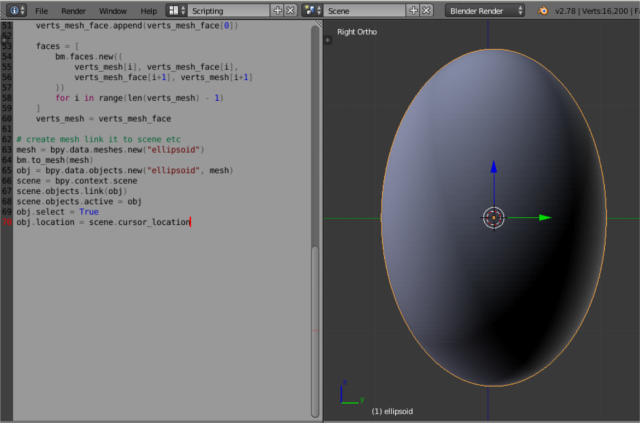First, let's try to install it under Windows 10 operating system:
C:\>cd Python27
C:\Python27>cd Scripts
C:\Python27\Scripts>pip install twilio
Collecting twilio
Downloading twilio-5.6.0.tar.gz (194kB)
100% |################################| 194kB 588kB/s
Collecting httplib2>=0.7 (from twilio)
Downloading httplib2-0.9.2.zip (210kB)
100% |################################| 215kB 519kB/s
Requirement already satisfied: six in c:\python27\lib\site-packages (from twilio)
Requirement already satisfied: pytz in c:\python27\lib\site-packages (from twilio)
Installing collected packages: httplib2, twilio
Running setup.py install for httplib2 ... done
Running setup.py install for twilio ... done
Successfully installed httplib2-0.9.2 twilio-5.6.0C:\Python27>python.exe
Python 2.7.12 (v2.7.12:d33e0cf91556, Jun 27 2016, 15:19:22) [MSC v.1500 32 bit (Intel)] on win32
Type "help", "copyright", "credits" or "license" for more information.
>>> import twilio
>>> from twilio import *
>>> dir(twilio)
['TwilioException', 'TwilioRestException', 'TwimlException', '__builtins__', '__doc__', '__file__', '__name__', '__package__', '__path__', '__version__', '__version_info__', 'compat', 'exceptions', 'rest', 'sys', 'u', 'version']
>>> dir(twilio.rest)
['TwilioIpMessagingClient', 'TwilioLookupsClient', 'TwilioPricingClient', 'TwilioRestClient', 'TwilioTaskRouterClient', 'TwilioTrunkingClient', '__builtins__', '__doc__', '__file__', '__name__', '__package__', '__path__', '_hush_pyflakes', 'base', 'client', 'exceptions', 'ip_messaging', 'lookups', 'pricing', 'resources', 'set_twilio_proxy', 'task_router', 'trunking'][root@localhost mythcat]# pip2.7 install twilio
Collecting twilio
Downloading twilio-5.7.0.tar.gz (168kB)
100% |████████████████████████████████| 174kB 1.8MB/s
Requirement already satisfied: httplib2>=0.7 in /usr/lib/python2.7/site-packages (from twilio)
Requirement already satisfied: six in /usr/lib/python2.7/site-packages (from twilio)
Requirement already satisfied: pytz in /usr/lib/python2.7/site-packages (from twilio)
Installing collected packages: twilio
Running setup.py install for twilio ... done
Successfully installed twilio-5.7.0
Now about phone Twilio numbers, then programmable phone Twilio numbers are a core part of Twilio’s platform, enabling you to receive SMS, MMS, and phone calls.
You can have some problems with SMS sending by country availability.
And one last example:
# /usr/bin/env python
# Download the twilio-python library from http://twilio.com/docs/libraries
from twilio.rest import Client
# Find these values at https://twilio.com/user/account
account_sid = "AC61b32be301f49f78f0ab3d69c4d335f6"
auth_token = "c8f37b65755900faa4fe7bbe1f948adb"
client = Client(account_sid, auth_token)
message = client.api.account.messages.create(to="+contry_allow_SMS",
from_="++contry_allow_SMS",
body="Hello python this is a twilio sms test")